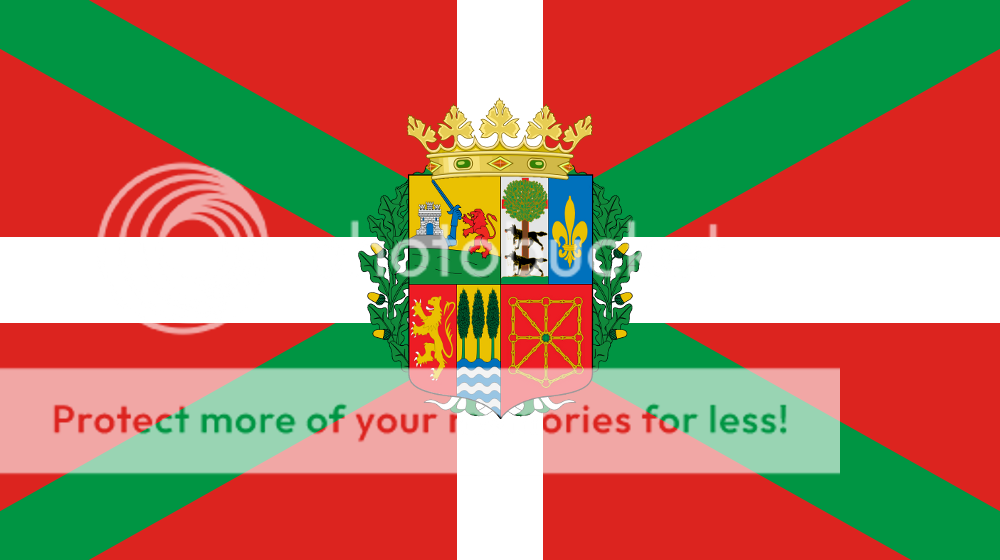I just naturally assumed you weren't to enter your own challenge.
Makes sense, someone who enter its own contest would have a bit of an advantage since they probably already have an idea (even subconsciously) about how it might possibly be adressed.
I just naturally assumed you weren't to enter your own challenge.
Where's the text of the current challenge at, and when does it expire? It'd be really helpful if this was a bit more organized..
Where's the text of the current challenge at, and when does it expire? It'd be really helpful if this was a bit more organized..

All right. I'm not quite accustomed to these challenges, but I assume I'm supposed to post here. Please tell me if I'm doing something incorrectly.
Flag Challenge No. 59
Countless separatist movements have existed, and countless have failed. Your goal is to create a flag for a new state created as the result of a successful separatist movement within the following parameters:
- The movement must exist or have existed and failed. Please include a link to a source on your chosen separatist movement.
- The state must not have existed as a sovereign entity or for a significant period of time before the separation. Revivalist movements are okay, but attempting to recreate, say, Xinjiang, is not.
- The new state, if essentially a seceding subdivision of the parent country, must differ significantly from the previous denominational government. The "significantly" clause is up for interpretation, but keep in mind that this should not be a simple split.
Hopefully this should be somewhat coherent and fairly open. Your deadline is one week from now, 11:00 PM PST on December 4th.
I think my only problem with this challenge is that separatist movements generally already have flags.
I think my only problem with this challenge is that separatist movements generally already have flags.

